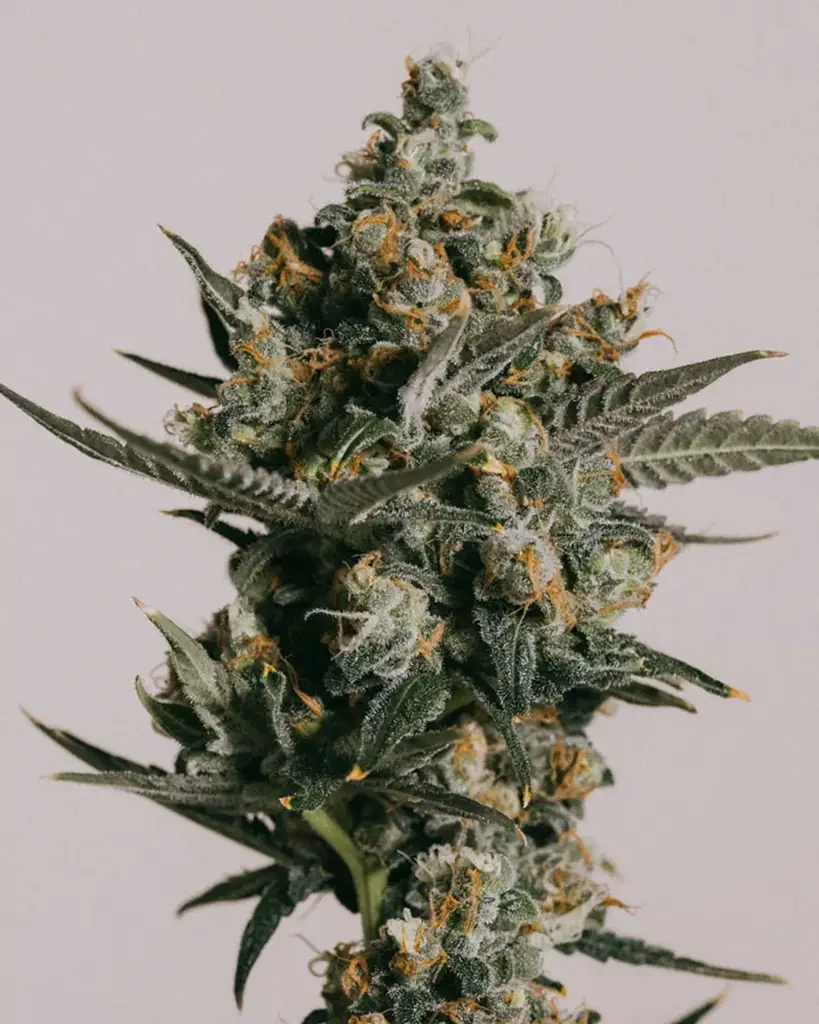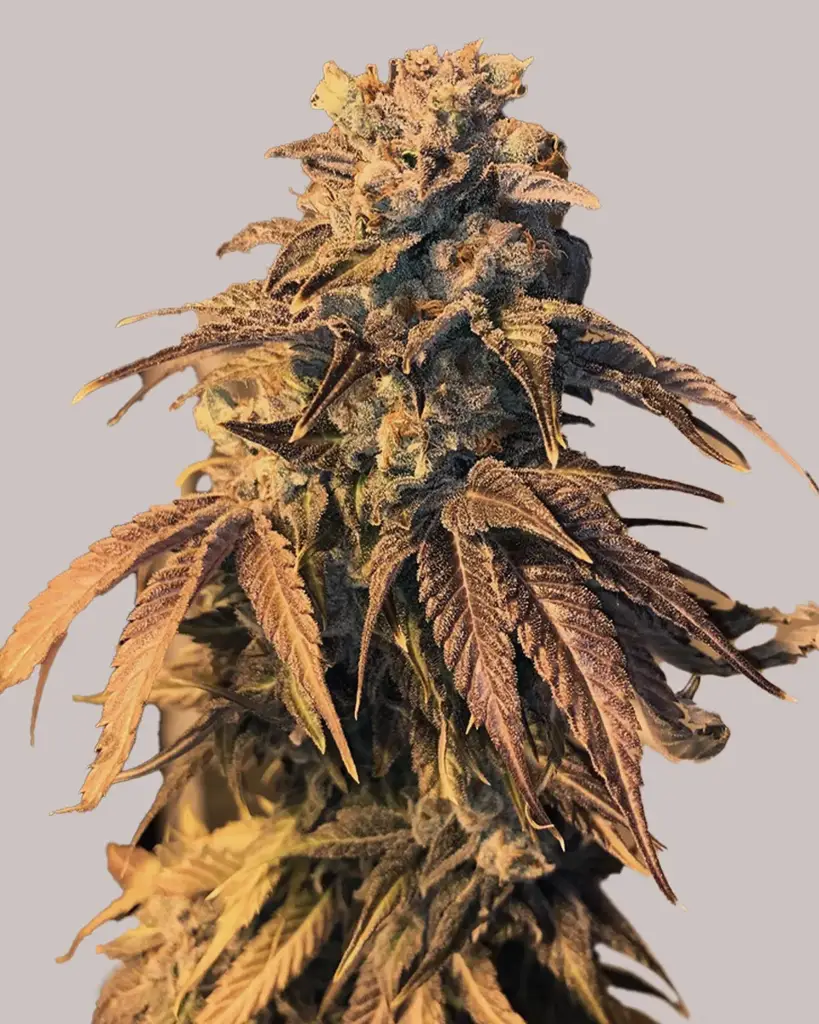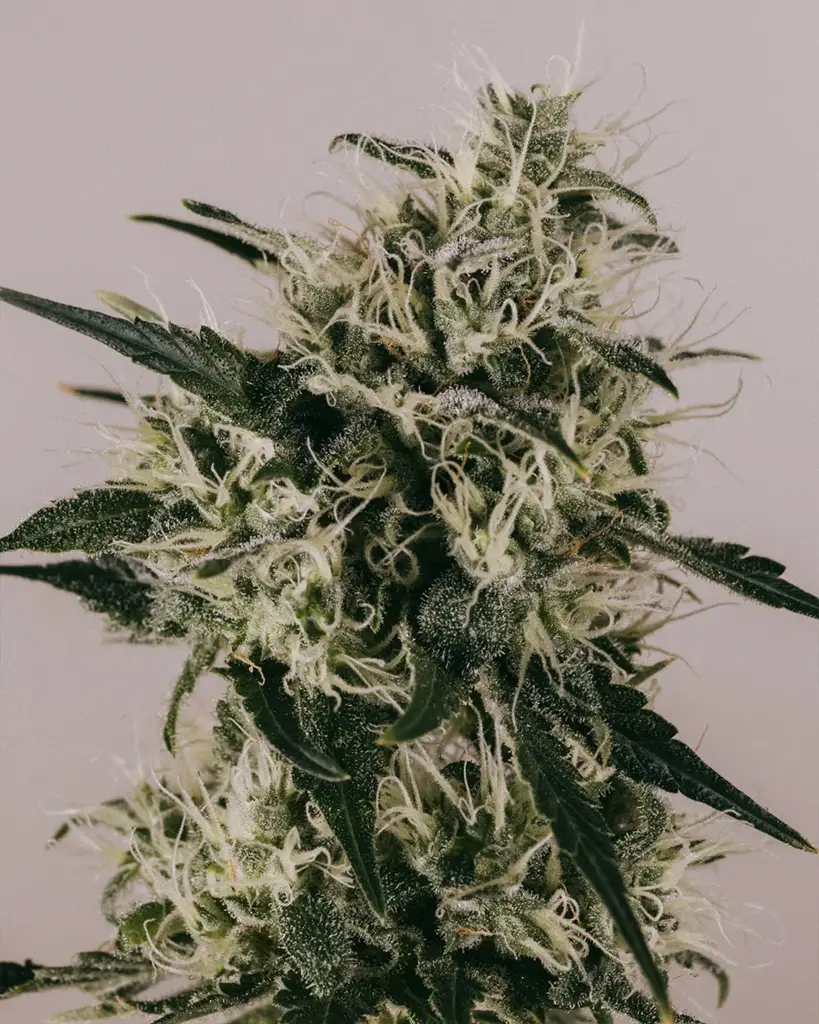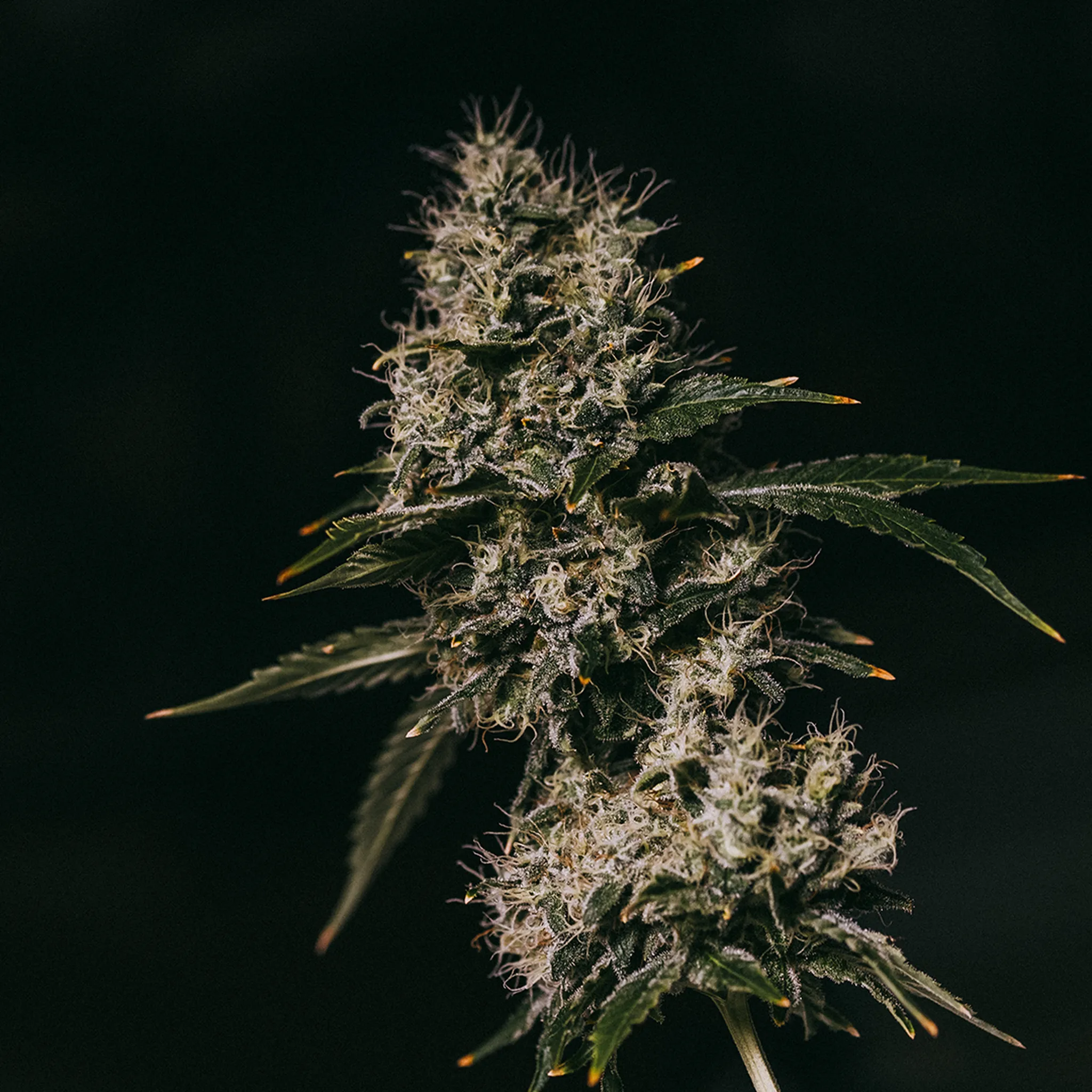
Growing Cannabis in a Greenhouse: A Beginner’s Guide
Introduction to Greenhouse Cannabis Cultivation
Growing cannabis in a greenhouse is a great way to exercise your green thumb and boost the quality and quantity of your yearly yield. It's a blend of indoor and outdoor styles that harnesses natural light and heat from the sun, while also providing a layer of protection for plants grown in containers, raised beds, or directly in the ground.
Table of contents
- Why Choose a Greenhouse for Cannabis Growing?
- Selecting the Right Greenhouse for Cannabis Cultivation
- Choosing the Right Cannabis Strains for Greenhouse Growing
- Managing the Greenhouse Environment for Cannabis Cultivation
- Common Challenges and Troubleshooting in Greenhouse Cannabis Cultivation
- Final Thoughts
Why Choose a Greenhouse for Cannabis Growing?

Many people favor outdoor sun-grown cannabis, but struggle to keep plants safe and healthy in completely unprotected outdoor spaces. Choose greenhouse growing to gain more control over your cannabis garden’s environment.
Extend the Cannabis Growing Season with a Greenhouse
One of the best parts of growing weed in a greenhouse is the extra time it gives you each year, extending the season and allowing your plants to go through the full cannabis lifecycle. In the spring, you’re ahead of the game with a warm, sunny, protected environment. Each fall, it’s safer to keep your plants going inside the greenhouse until just the right moment to harvest.
Greenhouses: Optimal Microclimate for Growing Weed

When you dial in a greenhouse’s airflow, lighting, and temperature management, you can create ideal conditions for cannabis to grow. Because every location is different, it may take some trial and error to figure this out. Even in a small backyard, the choice of site can make a big difference to air movement and light exposure (including dark-period interruption from nearby buildings, streetlamps, and security lights). The Stage when you prepare your outdoor grow is crucial: ask the advice of experienced backyard gardeners or farmers in your area for tips on the most important factors to consider in your climate.
Energy Efficiency Compared to Indoor Growing
Growing cannabis in a greenhouse, versus indoor growing, can save on energy bills by using the natural light and heat from the sun. Similarly, rainwater catchment from the roof of a greenhouse may reduce expenses.
Energy savings aren’t guaranteed. Growing year-round is possible even in colder climates, but it will likely require additional heating and supplemental lighting. Cooling and dehumidification systems that run on electricity can also rapidly run up costs in areas where temperatures rise above what is healthy for plants.
Use passive systems, where you can, to improve efficiency.
These can include black surfaces and thermal mass to collect and re-release heat in cooler weather, white surfaces to reflect light (when it’s really hot out), and gravity-fed or wicking irrigation for watering.
More Protection from Elements and Pests Outdoors
A sturdy greenhouse protects against harsh winds, extreme temperatures, and, unfortunately, timed rains. It’s also a barrier against many of cannabis’ natural pests, which often move from nearby outdoor plants through the air or soil.
Increased Privacy and Security for You and Your Cannabis Grow:

Greenhouses are great for creating that layer of privacy that many cannabis cultivators want to feel extra safe. Whatever your reason for keeping your grow out of sight, a greenhouse can give you some peace of mind. Put a simple lock or disguised latch on the door, add a few flowering vines to the outer frame, and a couple of potted marigolds or other brightly-coloured blooms in the most visible spots, and voila!
Selecting the Right Greenhouse for Cannabis Cultivation
Greenhouses come in many shapes, sizes, and materials. You can buy or build a simple one that will be suitable for growing cannabis.
Glass or Plastic Greenhouse for Weed
Glass is good for some permanent structures because it can be easily cleaned and maintains its ability to let light in without becoming weakened by UV. Most folks find glass impractical for large modern greenhouses. Still, if free windows can be scavenged (local initiatives for energy-upgrading homes sometimes leave older panes up for the taking), small frames work well to create mini-greenhouses for hardening off indoor-started seedlings.

Polycarbonate plastic panels and woven, agricultural-grade plastic sheeting are effective coverings for cannabis greenhouses.
What Size Greenhouse for Cannabis Cultivation

The right greenhouse for your cannabis garden will be big enough to allow plants to grow to their full size while affording plenty of room for airflow and maintenance. You want at least as much space with air as filled with your grow to ensure enough air circulation and enough space to tend to your plants without having to play Twister with them!
What is the Ideal Shape for a Cannabis Greenhouse
I recommend Hoop-style structures as they are versatile. You can cover them with clear plastic to build up spring heat and protect from cool rains. They also afford the option of using shade cloth if direct sun is too hot in the summer, or easily covering the plants for light deprivation.
Your greenhouse design should allow evaporated water to run down the inside surfaces and back to the earth. It also needs to withstand the elements of your location, which may include a steep and sturdy roof to shed rainwater and winter snow (if not disassembled each year).
Essential Equipment and Setup for a Cannabis Greenhouse
The essential gear you need for setting up a cannabis grow in a greenhouse is a blend of indoor and outdoor growing tools, and it depends on your style and budget.
One important consideration is whether your greenhouse will need power to run any of the systems you plan to use. If so, is an extension cord from a house or garage sufficient?* A more permanent greenhouse may be able to support a solar panel.
Keep in mind:
Water: Planning how you will water your weed plants is a crucial step. Whether you install an automated irrigation system or plan to hand-water your plants, water should be easily accessible to your garden.
Air: Circulation: Fresh air is critical in a cannabis greenhouse. Plan for at least one fan or a well-designed system of side and/or roof vents (covered with mesh to exclude bugs) to allow wind to blow through the canopy.
Light: The amount of natural light your plants receive in a greenhouse is less than what they’d get in full exposure outside. You might need to keep a light on a timer over the garden to keep plants in vegetative growth, and provide extra shading or supplemental light during times of excessive cloud cover.
Temperature: Every greenhouse should have an air temperature thermometer that is easy to read. You may benefit from using containers filled with water (“thermal mass”) to collect daytime heat and re-release it back into the greenhouse overnight to keep temperatures stable.
Root location: Greenhouses can be made to protect plants grown in the ground or built with raised benches for keeping containers at an accessible height.

If you’re ready to take the plunge and invest big, an IOT (Internet of Things) set-up, using sensors for light control, thermostats, hygrometers, motorized vents, and electric fans, makes a greenhouse much more like an indoor grow room.
*Make sure to use outdoor-rated cables for safety and durability.
Choosing the Right Cannabis Strains for Greenhouse Growing
Picking the right cannabis varietal for growing in a greenhouse isn’t too tough. Many of your favorites are likely good candidates! Developed for indoor growing success, they'll enjoy the benefits of the semi-controlled environment.
Depending on the size of your greenhouse, cannabis plant varieties well-suited to greenhouse growing tend to lean on the bushier side with shorter internodal lengths, tending not to stretch too much during flowering. You can grow lankier sativa types in greenhouses, but you have to accept that you won’t be making the most of your space. It’s a trade-off for the extended season that allows for those long-flowering plants to finish.
For best results, I suggest you grow a fast-finishing photoperiod or autoflowering strain with a bushy structure and an expected final height at least 1-2 feet shorter than the max height of the greenhouse.
Managing the Greenhouse Environment for Cannabis Cultivation

Managing your cannabis greenhouse means routinely observing the environment and making adjustments to keep plant stress to a minimum.
Temperature
Greenhouse growers often have to deal with both too-hot and too-cold temperature conditions. The ideal greenhouse temperature for cannabis is 72-76°F during the day, and it can tolerate a fluctuation of about 10 degrees.
Humidity
Humidity may be the most challenging factor to manage in a greenhouse. Condensation builds up on the inside, blocks sunlight, and creates a breeding ground for mold. Regular and reliable air movement from fans is your best method for controlling humidity. Make sure there is no standing water from watering your plants, and any moisture that does collect on surfaces has a place to drain away.
Pests
Pests can become a problem in greenhouses because they enjoy the same comforts you’re providing your plants. Hanging yellow sticky traps near the door and other places where unfiltered air comes in can be super helpful in identifying the presence of any potential insect threats.
Store nutrients in a cabinet, tote, or elsewhere to avoid attracting rodents or other animals to the greenhouse.
Common Challenges and Troubleshooting in Greenhouse Cannabis Cultivation
Your first year of greenhouse growing will teach you a lot about the choices you made in setting up and maintaining the environment. Here are some of the common ways to tackle issues before they start, and suggestions for how to improve upon existing designs if you still experience problems.
Mold, Mildew, and Pest Control: Keep the greenhouse clean and tidy. Do regular surface and tool sanitation with hydrogen peroxide, hypochlorous acid, or another garden-safe cleaner. Use biological controls like beneficial microbes to stack the odds in your plants’ favor, and remove any dead or damaged plant material from the greenhouse.
Overgrowing the environment: Keep defoliating, pruning, and training your plants early in the vegetative stage to keep them a manageable height and width. Use light deprivation or start autoflowers earlier in the year. Prevent branches from overlapping and from pressing up against the sides and roof, as this can cause damage both to the plants and the greenhouse plastic.
Wide temperature fluctuations and stagnant air: Plants can be stunted and suffer nutrient availability issues when heat rises above 85°F. Double-walled plastic and self-managed ventilation and air movement systems (working on the basic principle that hot air rises, drawing cooler air in to replace it) can help keep plants in their optimal zone for growth. Extra fans may be needed.

For soil temperature issues, use light-coloured mulch or plastic to prevent overheating, and consider electric heating cables or hot-water circulating tubes buried under raised beds for supplemental root-zone warmth in the spring/fall.
Final Thoughts
Growing cannabis in a greenhouse resolves many of the common concerns of outdoor growing, while still presenting some unique challenges. With the right mindset and attention to your plants’ needs, greenhouse-grown cannabis might just be your best harvest yet.
Until next time, may you and your garden keep growing together, ever higher!

Xavier Kief
Xavier Kief, a fierce cannabis advocate & educator, merges science & joy in cultivation. Expert in regenerative growing, mycology & activism
Continue Reading
You might also find these interesting.










